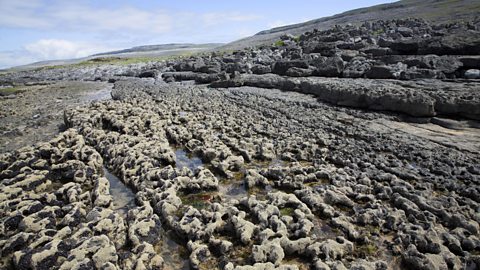More guides on this topic
- Coastal landforms - erosional and depositional processes - Edexcel
- Human activities on coastal management - Edexcel
- River processes - Edexcel
- River landforms - Edexcel
- Human management of rivers - Edexcel
- UK landscapes - Edexcel
- How do glacial processes form the land? - Edexcel
- Human activities and glaciation - Edexcel
